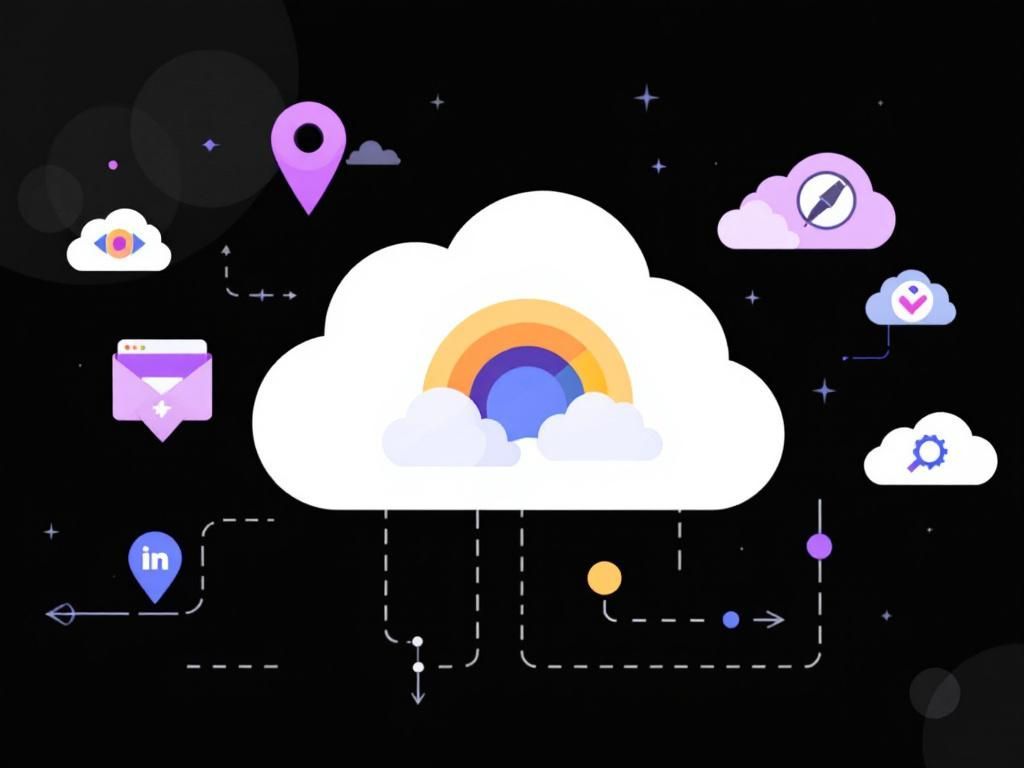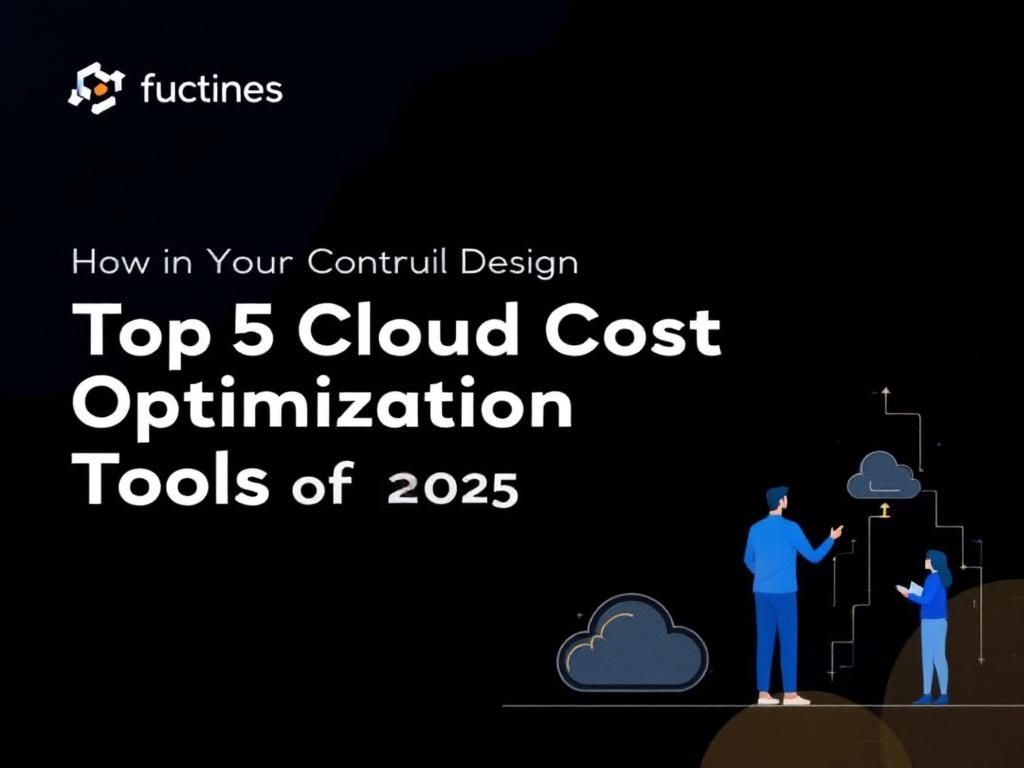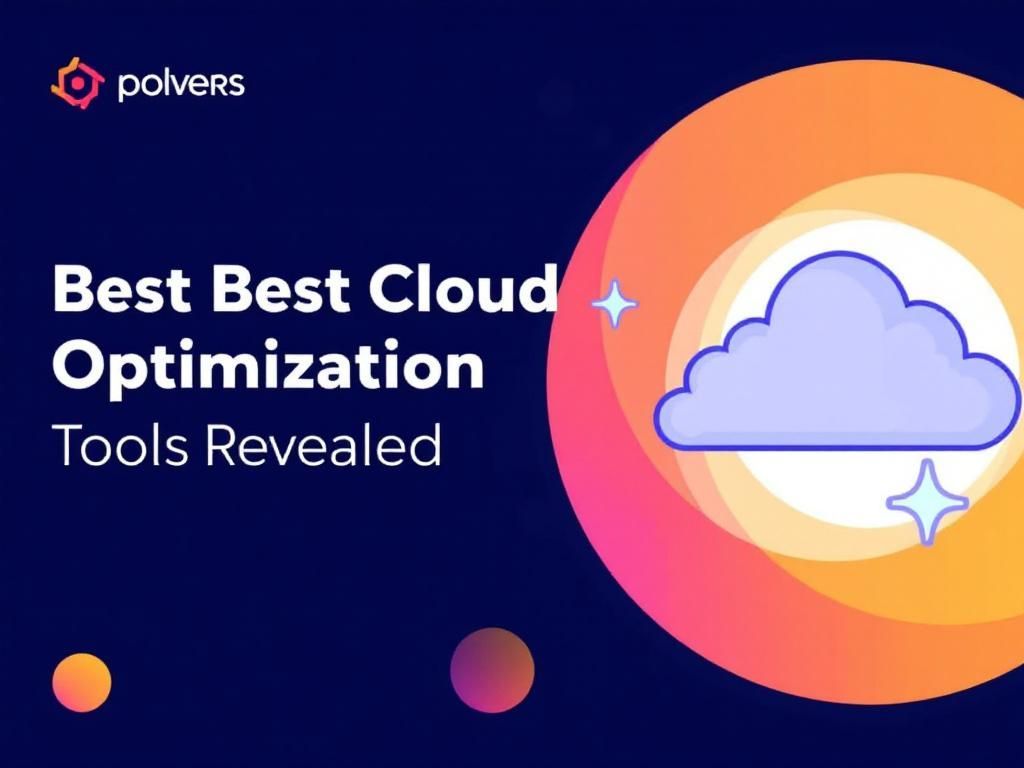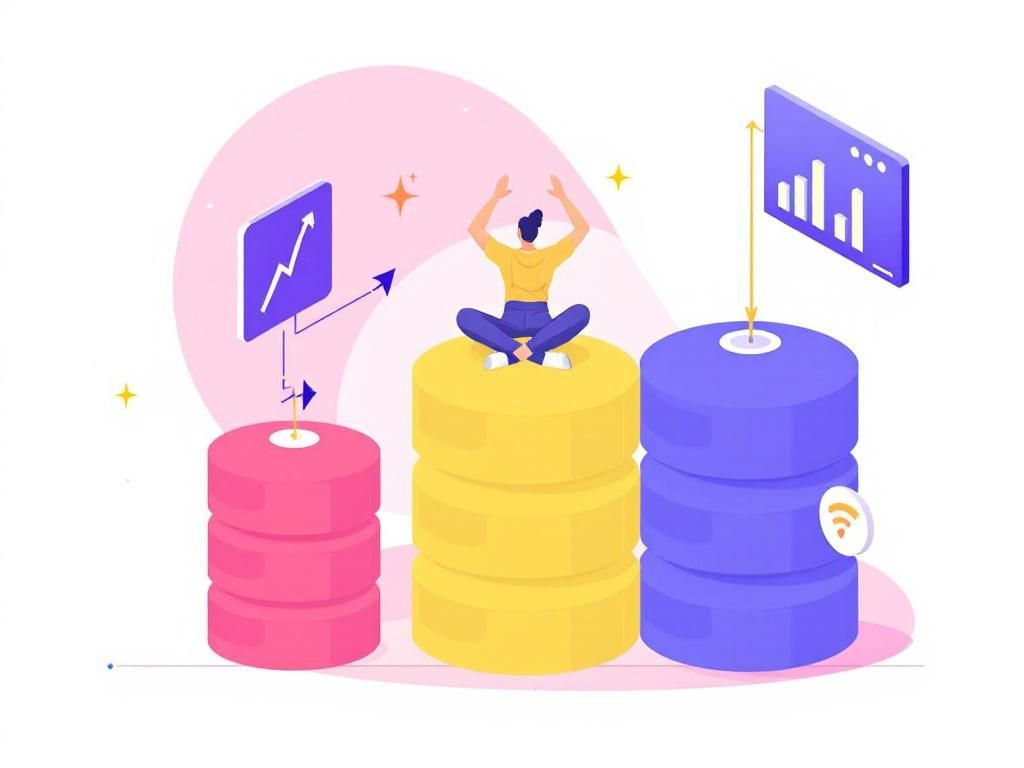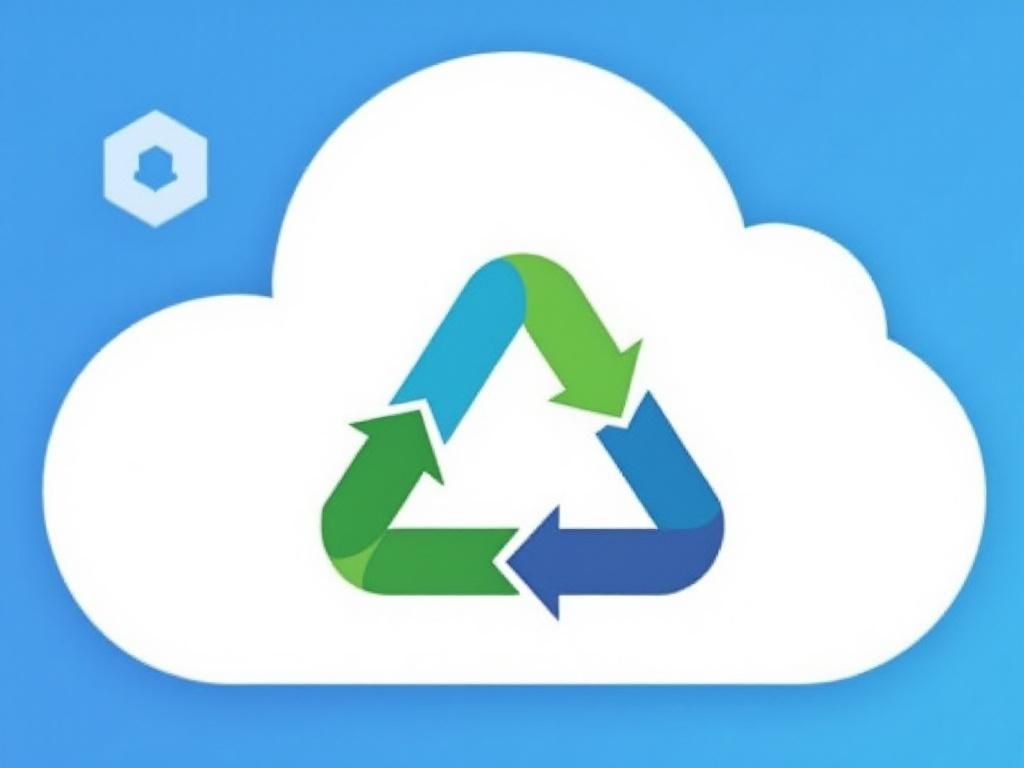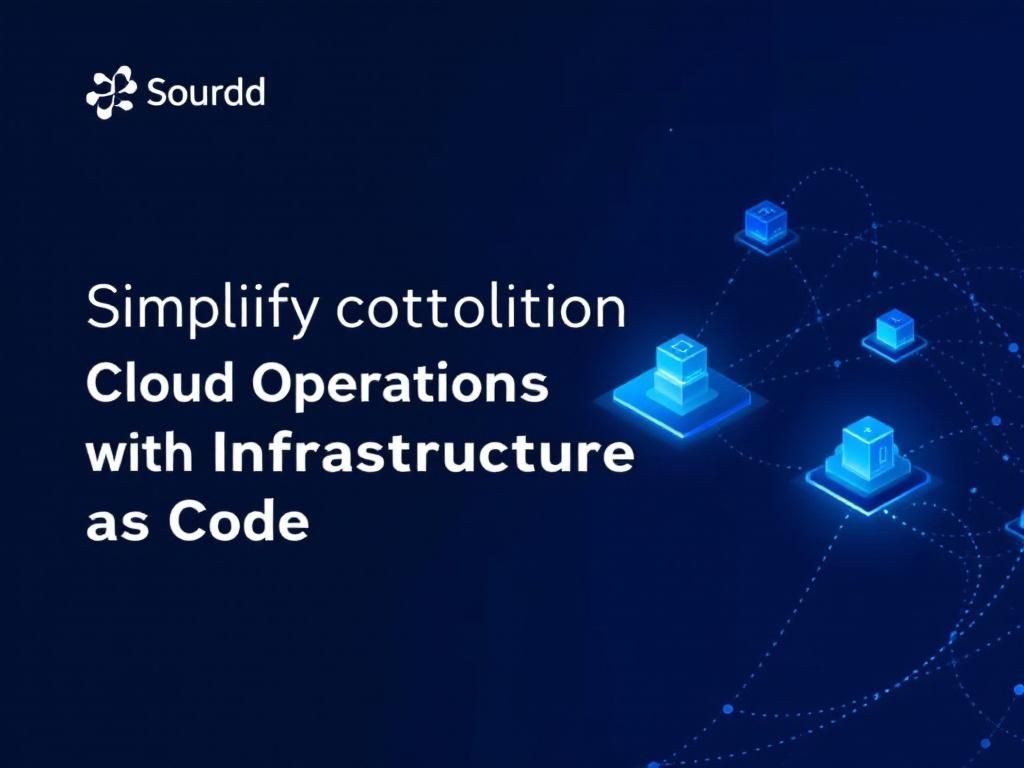Transform Your Legacy Applications with Cloud Migration
Discover how cloud migration can revitalize your legacy applications, enhance performance, and drive innovation in your business.

In today’s fast-paced digital landscape, businesses are under constant pressure to innovate and improve operational efficiency. One of the most effective ways to achieve this is through cloud migration, which allows organizations to transition their legacy applications to cloud environments. This article explores the benefits of cloud migration, the challenges involved, and strategic approaches for a successful transition.
Table of Contents
Understanding Cloud Migration
Cloud migration refers to the process of moving data, applications, and other business elements from on-premises infrastructure to cloud-based environments. This can include public, private, or hybrid clouds. The primary motivation for migration is to leverage the flexibility, scalability, and cost-effectiveness that cloud solutions offer.
Key Benefits of Cloud Migration
- Cost Efficiency: Reduces the need for physical hardware and maintenance, leading to lower overall IT costs.
- Scalability: Resources can be adjusted easily based on demand, allowing companies to scale operations rapidly.
- Accessibility: Cloud-based applications can be accessed from anywhere with an internet connection, facilitating remote work.
- Improved Security: Major cloud providers invest heavily in security features, offering advanced protection against data breaches.
- Disaster Recovery: Cloud solutions often include built-in disaster recovery and backup options, ensuring data resilience.
Challenges of Migrating Legacy Applications
While the benefits of cloud migration are substantial, organizations face several challenges when moving legacy applications:
Common Migration Challenges
- Compatibility Issues: Legacy systems may not be compatible with modern cloud architectures.
- Data Security Concerns: Sensitive data must be protected during and after migration.
- Downtime Risks: Transitioning systems may cause temporary service interruptions.
- Skill Gaps: IT staff may require training to effectively manage cloud-based solutions.
- Cost Overruns: Unexpected expenses can arise during migration due to complexity and additional resource needs.
Strategic Approaches to Migration
To effectively migrate legacy applications, organizations should adopt a thoughtful strategy. Here are some methods to consider:
1. Rehosting (Lift and Shift)
This approach involves moving applications to the cloud with minimal changes. It is suitable for applications that do not require significant modifications or optimizations. The benefits include:
- Quick migration process
- Immediate cost savings
- Reduced risk of failure
2. Refactoring (Repackaging)
Refactoring involves making minor code changes to optimize applications for the cloud environment. This process allows businesses to take advantage of cloud-native features without completely rewriting applications. Key advantages include:
- Improved performance
- Enhanced scalability
- Better user experience
3. Rearchitecting
This method requires a complete overhaul of the application architecture to take full advantage of cloud capabilities. It is a more complex process but can lead to significant long-term benefits. Consider the following:
- Access to serverless computing
- Utilization of microservices
- Development of APIs for integration
4. Retiring
Not all applications are worth migrating. Some may be outdated or redundant. It is crucial to evaluate your application portfolio and identify which applications can be retired. This can lead to:
- Cost savings by reducing maintenance
- Streamlined operations
- Focus on core applications
5. Retaining (Hybrid Approach)
In some cases, businesses may choose to keep certain applications on-premises while moving others to the cloud. This hybrid approach allows for flexibility and can be beneficial for sensitive applications that require tighter control over data.
Best Practices for Cloud Migration
To ensure a smooth migration process, organizations should adhere to the following best practices:
1. Assess Applications Thoroughly
Conduct a detailed inventory of all applications to understand their architecture, dependencies, and resource requirements. This assessment will guide the migration approach for each application.
2. Prioritize Security
Implement strong security protocols to safeguard data throughout the migration. This includes encryption, access controls, and continuous monitoring.
3. Train Staff
Provide training for IT staff to familiarize them with cloud technologies and operational procedures. This will enhance their ability to manage and optimize cloud environments effectively.
4. Develop a Migration Plan
Craft a comprehensive migration plan that includes timelines, resource allocation, and contingency plans for potential risks. A structured approach minimizes disruption and keeps teams aligned.
5. Monitor and Optimize
Post-migration, continuously monitor application performance and user experience. Leverage cloud analytics tools to gain insights and make necessary adjustments for improvement.
Conclusion
Cloud migration is not just about moving applications; it is a transformative process that can redefine how organizations operate. By carefully considering the benefits, challenges, and strategic approaches, businesses can successfully transition their legacy applications to the cloud, unlocking new levels of efficiency and innovation. As technology continues to evolve, embracing cloud solutions will be essential for staying competitive in the market.
FAQ
What is cloud migration?
Cloud migration is the process of moving data, applications, and other business elements from on-premises infrastructure to a cloud-based environment.
Why should businesses migrate their legacy applications to the cloud?
Migrating legacy applications to the cloud can enhance scalability, improve accessibility, reduce costs, and increase security, allowing businesses to leverage modern technologies and services.
What are the common challenges faced during cloud migration?
Common challenges include data security concerns, application compatibility issues, employee training needs, and potential downtime during the migration process.
How can I ensure a successful cloud migration for my legacy applications?
To ensure a successful migration, conduct thorough planning, assess your current infrastructure, choose the right cloud service provider, and implement a phased migration strategy.
What types of cloud migration strategies are available?
Common cloud migration strategies include rehosting (lift and shift), refactoring, revising, rebuilding, and replacing applications, depending on business needs and application complexity.
Can legacy applications be modernized in the cloud?
Yes, legacy applications can be modernized in the cloud through techniques such as refactoring, integrating with cloud-native services, or rewriting them using modern programming languages and frameworks.


